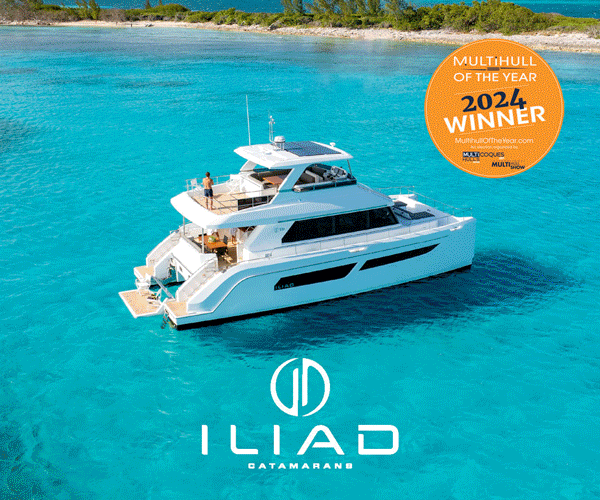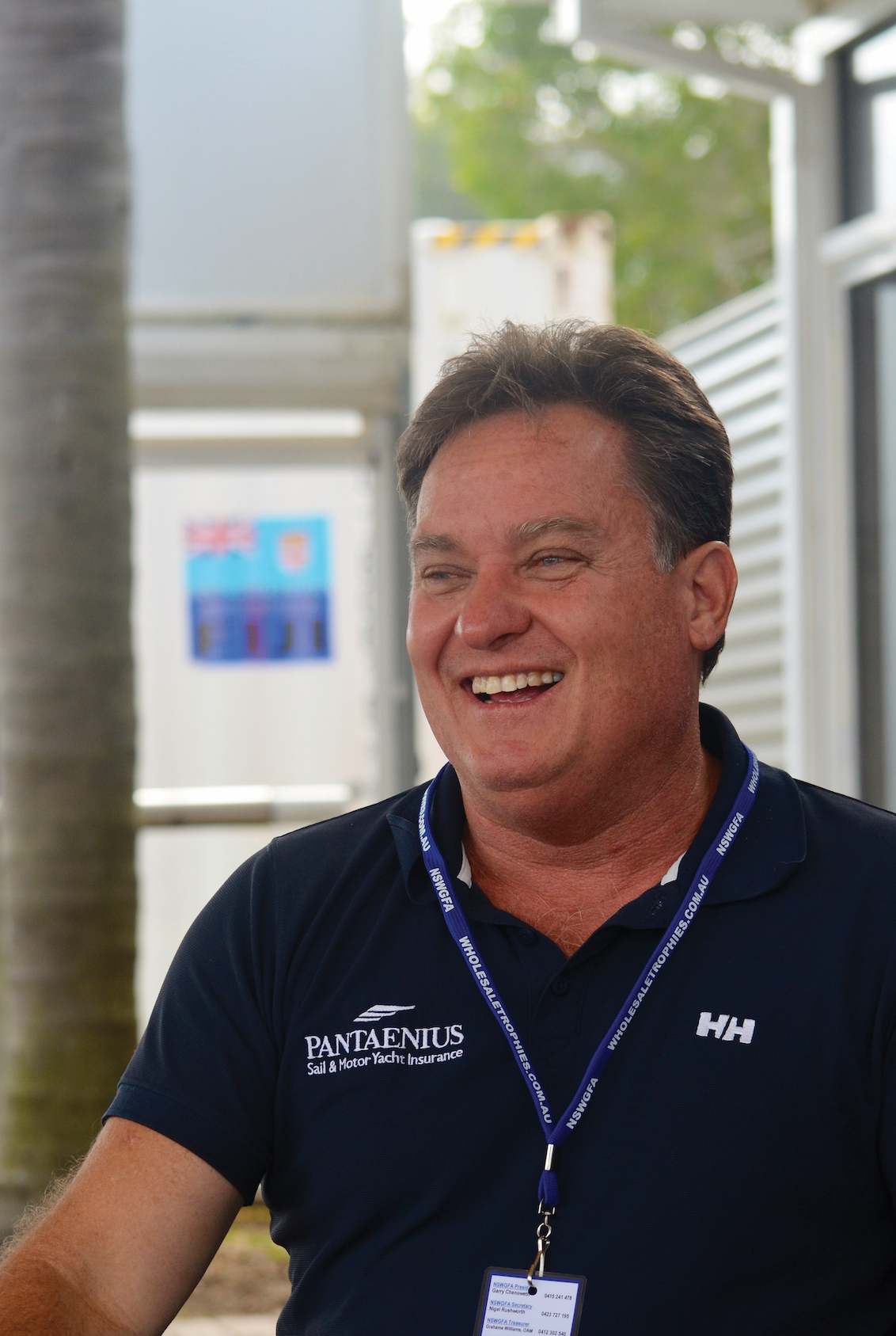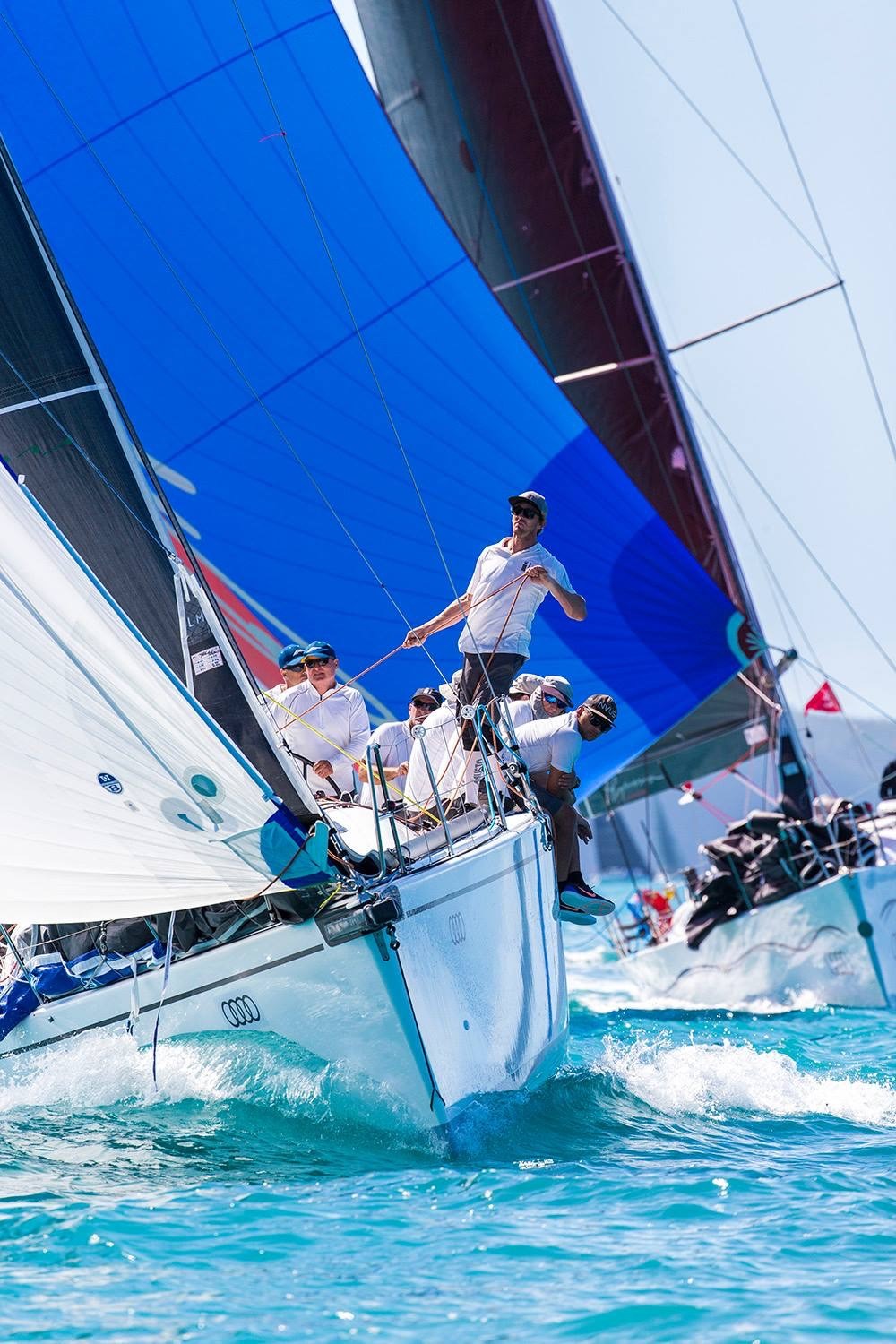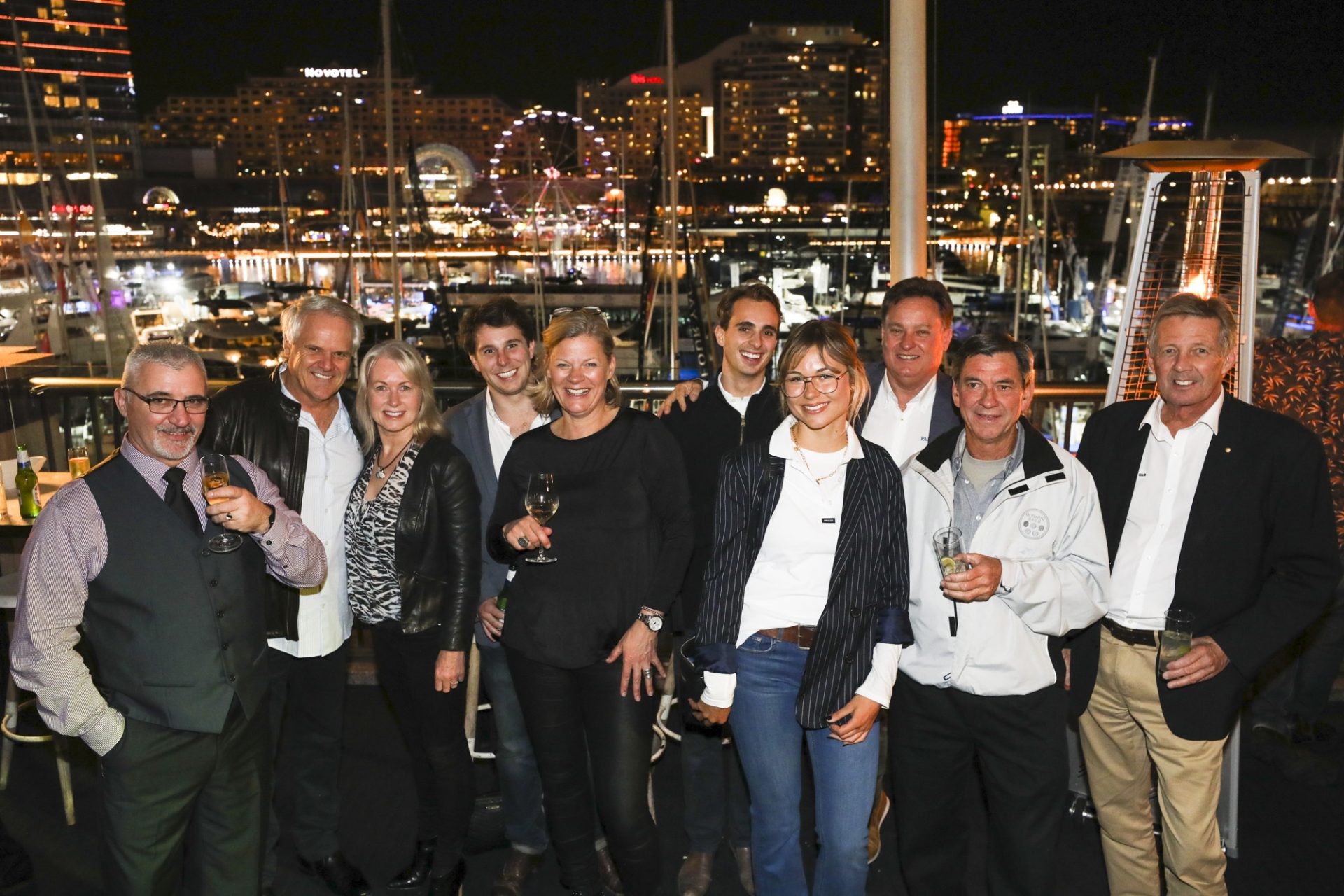Pre-warned, pre-prepared
Given the upheavals of 2020, Managing Director of Pantaenius Australia Jamie MacPhail examines the maritime insurance market's recalibration.
Written by Scott Alle
30 April 2021
A large vessel represents a significant investment – in time, energy and resources equally. And as is the case with any investment of this size, requires a level of protection that’s as relevant and specific as it is reliable.
It’s on this note that for any owner, finding a good marine insurance policy is of absolute necessity.
Pantaenius Australia, which began in 2012, is a fully owned local subsidiary of the trusted global marine insurance brand whose humble origins stretch back to Hamburg, Germany over a century ago.
At the helm of Pantaenius Australia is Jamie MacPhail – the well-known yachting industry identity who’s managed to seamlessly continue the brand’s reputation as a high-quality service with a swift response following inevitable events such as cyclones.
For our 94th issue of Ocean magazine, we spoke with MacPhail about the recalibration of the maritime insurance market in the wake of COVID-19 and how there’s no better time to reassess what policy best meets your needs.
Ocean: You’ve had a long association with the marine sector – how did it all begin?
James MacPhail: After a yachting adventure in 1983, one thing led to another and I ended up joining a yacht brokerage business as a partner.
I’ve worked in the marine industry since then in marine sales, management, project management and construction, except for five years from 1999 when I worked as a national manager for a large telecommunications company.
The past 12 months have seen tectonic changes in many industries, and marine insurance hasn’t been immune. The wording of many policies is changing, but is there much awareness about it?
There was some consolidation in the Australian marine insurance market in 2020. Some players have exited, and others have regrouped or amalgamated their businesses. Much of this movement has resulted from insurer pressure, caused by too many years in the red. The fact is the marine insurance market has struggled in the last few years after an immense number of catastrophe (CAT) claim events.
Apart from consolidation, we’ve also seen many product changes, so everyone needs to carefully read and assess their insurance renewal documents to understand exactly what they’re covered for. If you’re on an agreed value policy, ensure it’s still agreed value – most insurers revert these policies to market value after one year unless you’ve remembered to renegotiate.
How is Pantaenius placed to service its clients’ needs given the challenges and the consolidation in global insurance markets?
Anticipating growth coming out of COVID, it’s looking like a busy year; there has been significant buying and selling of boats. There’s also growing demand and low stock, so we see values increasing for the foreseeable future.
At Pantaenius, we’ve employed another two staff members. Both have significant marine experience, having worked in the industry for several years in retail and management.
Our drive continues to be providing the best product and the best service that is supported by a team with a wealth of marine knowledge and experience.
Pantaenius has been in the Australian market for eight years, and you have been managing director since the outset. How has the business evolved?
We’ve grown our book to around 7,000 clients – a solid achievement given we had no brand awareness in Australia beforehand. We are also primarily a direct business model as we communicate directly with our customers. This helps us better understand each individual risk, which allows us to better manage and grow our book.
You have an extensive background in the marine industry, project managing a diverse range of builds from large motor vessels to grand-prix sailing yachts. How does that help or inform your decision-making?
My industry experience and many contacts acquired over 35 years in the industry are invaluable in helping me – and our management team – arrive at best-practice solutions. Risk assessment comes from real-life experiences rather than assumptions, which can often lead to conflicting data.
Pantaenius’ global reach is extensive, especially in Europe, where the company is the largest insurer of superyachts. What does that presence mean for clients?
No other marine insurer has a worldwide reach like Pantaenius. Our international presence allows us to offer our insured the best possible service, no matter where on the globe they travel.
In the superyacht sector, Pantaenius has led the way for a decade, particularly in Europe. The knowledge gained and relationships formed are continually made available to our customers in the form of tailored claims management, voyage planning assistance, jurisdictional help in the way of partnered immigration support and so forth.
Can you elaborate on how policies for Australians and Kiwis cruising elsewhere in the world work?
Australian and New Zealand registered vessels are well regarded in most cruising destinations. We’re also, per capita, two of the most-travelled cruising countries, so it’s no surprise to find Australians and Kiwis in the best anchorages in the world.
The Pantaenius team supports these cruisers in many ways – from tailoring their cruising areas to ensure they pay the lowest premium for a given region, to assisting with weather routing and connecting our insured with support groups as required. Under COVID, we’ve helped many clients save on their premiums by reducing cover to Laid Up (in a secure yard onshore) or In Port (restricted cover limited to a safe and secure marina).
What about the New Zealand market? What coverage can you offer, for instance, to superyachts cruising north to Fiji and Tonga?
We are one of the few marine insurers that can legally offer cover into the Pacific. Our cover from either Australia or New Zealand is seamless into the Pacific, Fiji and Tonga, for example. And if your voyage to the Pacific and return is, say, four months, you only pay the pro-rata premium increase for the time you spend in the Pacific, which is, of course, higher risk.
When back in Australia or New Zealand, your premium reverts to the lower premium.
Premiums for recreational clients have risen 20–25 per cent over the past eighteen months, but there are some misconceptions about the reasons why. Can you clarify?
The answer is very straightforward: most marine insurers have lost money in, maybe, four of the last six years. Simply put, the retail marine insurance market worldwide is on the nose. Lloyds has extracted itself from this market after a loss of more than £2.8 billion in one of the last three years.
The insurers that have stayed are doing so on the basis that they can make a profit. After all, insurance companies are not a charity. They are, in the main, public companies that represent both private and institutionalised investors, including many of the world’s largest superannuation funds. It’s simple: if premiums don’t rise, we won’t have insurers in this market.
What about the impact of a predicted rise in so-called natural CAT (catastrophe) events? How are you factoring this into risk scenarios?
Pantaenius is well advanced in the data analysis of the most recent weather models. We use this information when determining risk in CAT-affected regions.
We also use the modelling to consider what risk we have in these areas from the perspective of accumulated claims scenarios. Much of this information is also communicated to our pool of insurers, which helps them better understand how we rate specific risk in CAT-affected regions.
There are some fundamental differences between marine and other types of insurance. I would imagine the relationships you have with clients differs too?
One of the key differences between the marine insurance market and other general insurance markets is that the evaluation of risk is, in my view, a much more complex issue.
It’s much harder for the actuaries to reach a workable business case because there are so many variables, including boat type, age and location, skipper experience, weather and CAT events.
What tips would you give boat owners seeking to get the best type of coverage?
When looking at a policy, I look for wording that best protects me should the worst happen – I insure for a worst-case scenario. Partial claims are, in most cases, of a low value. While annoying, they’re not likely to break the bank.
Of utmost importance is the need to know that when a claim occurs, you can talk to someone who not only knows you are calling about a boat, but actually knows what your boat looks like and hopefully how it’s made, and what sort of componentry is on board.
What can customers do to ensure they receive the quickest payout possible from a claim?
The best way is to make sure you provide 100 percent of the information that is required in the first instance. This includes photographs, incident description, location, maps and statements. Compliant claims handling requires the claims handler to demonstrate to the insurer that the claim meets the policy’s terms. Incomplete claims cannot be signed off until all the boxes have been ticked. After all, we’re spending someone else’s money.
What do you most enjoy about working in the industry?
Success on the race course in the 1990s at regattas like Hamilton Island introduced us to many customers and assisted greatly in our business’s growth at that time.
Working in an industry where you also spend your pleasure time is a unique situation.
Can you share a couple of your favourite boating experiences?
Winning the Kenwood Cup in 1996 as skipper of one of the three Australian yachts was a definite highlight.
Of the many regatta wins at Hamilton Island, our victory in 1998 on the Sword of Orion with Rob Kothe rates among my favourites. We won the regatta with a race to spare and were able to watch the carnage of the last race from the comfort of the spectator ferry.
Racing Etchells in the 80s and 90s was also great fun, and at times quite successful. I also made lifelong friendships.










